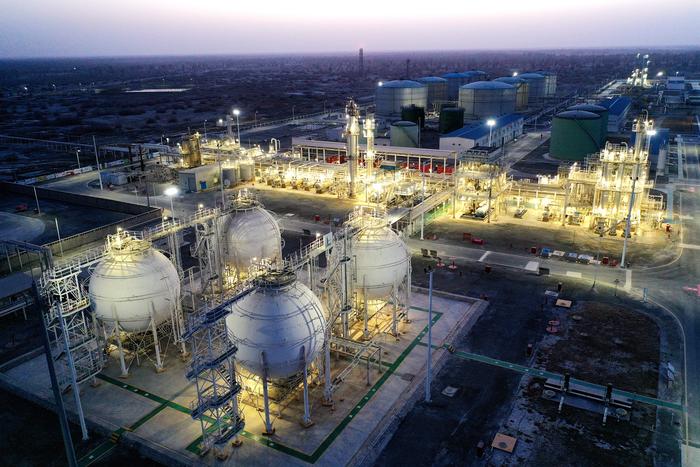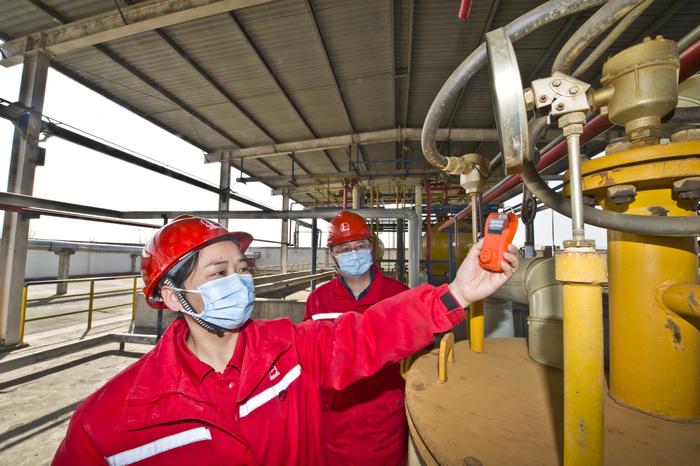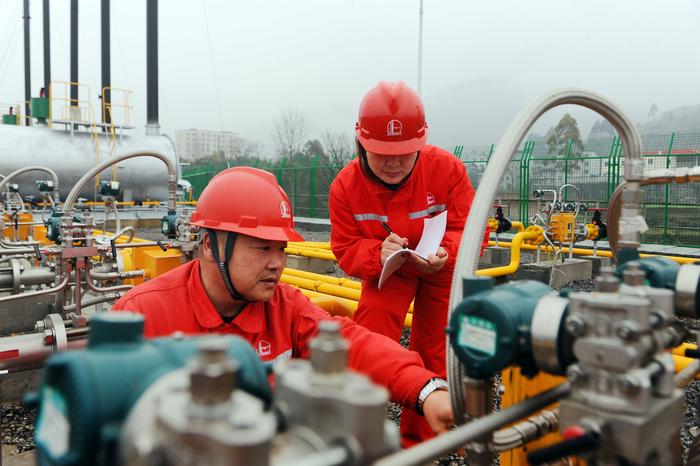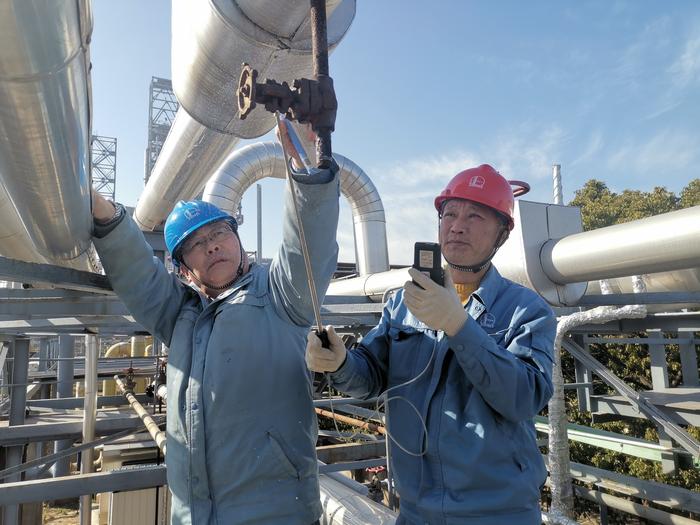|
| 2021-01-29 来源: 中国石化新闻网 |
| 石化新闻 |
中国石化新闻网讯 据1月26日Oil Now报道,Rystad Energy对海恩斯和布恩(Haynes and Boone)数据的分析显示,去年申请破产保护的北美勘探与生产(E&P)公司以及油田服务公司的债务总额跃升至1020亿美元,首次突破1000亿美元的大关。尽管申请破产保护的公司数量低于2016年经济低迷时期,但108家申请破产保护的公司的平均债务几乎是去年的两倍,达到创纪录的9.4亿美元。 Rystad Energy表示,2020年可以说是北美油气行业历史上最具破坏性的一年。即便如此,这家咨询集团的分析结论是,通过破产申请,清除陷入困境的公司,并允许其健康的竞争对手留在战场上,这加快了市场参与者数量的削减速度。 2020年第四季度,西德克萨斯中质油价格的回升帮助减缓了申请破产保护的公司的数量。Rystad Energy预计,如果目前接近每桶53美元的WTI油价水平在2021年保持不变,申请破产的公司数量将再次恢复正常,降至疫情爆发前的水平,达到约26家,2022年为22家,低于2020年的46家,与2017-2018年的水平相近。 Rystad Energy页岩行业研究主管Artem Abramov 表示:“从本质上说,几乎所有公开的勘探和生产商现在都没有重大的破产风险,可以顺利度过2021年,然而,我们要警醒的是,破产在油气行业发展进程中将必然存在。” 2020年勘探开发公司的债务总额为562亿美元,比2016年的568亿美元减少了约6亿美元。然而,去年每家公司的平均债务达到了创纪录的12亿美元,这表明2017年至2020年期间,申报债务的公司平均规模大幅增加。 不可否认的是,疫情加速了行业转型进程,并考验了即使是在2020年初还相对安全的公司的资产实力。 在油田服务方面,Rystad Energy表示,在2020年提交的62份破产案中,债务总额为450亿美元,大大超过了2017年创下的350亿美元的纪录。这一数字很大一部分来自于海上钻井公司,包括Diamond、Noble、Valaris和Seadrill Partners。 Noble公司表示,根据与埃克森美孚的商业授权协议(CEA),超深水钻井船Noble Tom Madden已获得约6.5年的额外合同期限,用于圭亚那的海上作业。 幸运的是,北美油气公司的破产活动已经平稳下来。自2020年9月以来,油气公司和勘探开发公司每月的债务总额一直低于62亿美元。 市场基本面的改善救了一大批企业。Rystad Energy表示,因为当前WTI的交易价格高于每桶53美元,且勘探活动指标呈上升趋势,它们对自己在2021年的经营有信心。 西德克萨斯中质油价格为每桶53美元,该行业正在恢复正常运营模式。不过,那些资产负债表最薄弱的公司已经申请了破产。如果要说有什么不同的话,市场基本面的改善将加速从2020年开始的重组过程,一些勘探开发项目可能会在2021年更快地恢复业务。 预计在2021-2022年申请破产保护的勘探开发公司的平均债务规模将大大低于2020年的平均水平。Rystad Energy表示,勘探开发的总债务预计将从2020年的560亿美元降至2021-2022年的每年100亿-130亿美元,这清楚地表明该行业正受益于市场的活跃上升。 王佳晶 摘译自 Oil Now 原文如下: 2020 was costliest year in history for oil company bankruptcy filings The combined debt of North American Exploration & Production (E&P) and oilfield service companies that filed for Chapter 11 bankruptcy protection last year jumped to $102 billion, surpassing the $100 billion mark for the first time, a Rystad Energy analysis of Haynes and Boone data shows. While the number of filings was lower than in the 2016 downturn, the average debt of the 108 companies that filed for Chapter 11 was almost twice as high at a record $940 million. Last year was arguably the most devastating year in history for the North American oil and gas industry, Rystad Energy said. Even so, the consultancy group’s analysis concluded that 2020’s round of Chapter 11 filings fast-tracked an overdue reduction in the number of market participants by removing troubled companies and allowing their healthier competitors to remain in the playing field. A recovery in WTI prices in the last three months of 2020 helped slow down the number of Chapter 11 filings. If the current oil price level of almost $53 WTI persists in 2021, Rystad Energy expects the filings count to normalize again and sink to pre-pandemic standards, reaching around 26 E&P cases this year and 22 in 2022, down from 46 filings in 2020 and similar to 2017-2018 levels. “In essence, nearly all public E&P producers are now positioned to navigate 2021 without significant bankruptcy risks. Nevertheless, regardless of the upcycle, we should keep in mind that a certain number of Chapter 11 E&P cases is normal and should be viewed as an integral part of the oil and gas business,“ says Artem Abramov, Head of Shale Research at Rystad Energy. Last year’s total Chapter 11 debt for E&P companies fell around $600 million short of the number recorded in 2016, at $56.2 billion vs $56.8 billion. However, the average debt per company reached a record high of $1.2 billion last year, indicating that the average size of the filings increased substantially between 2017 and 2020. “A significant part of last year’s E&P Chapter 11 activity was the result of a trend that started in 2019, when we saw a massive change in the standard US E&P business model with reduced availability of capital,” Rystad Energy said. “This contributed to early Chapter 11 filings by companies dealing with a challenging trade-off between shoring up their balance sheet and securing funds for operations.” The coronavirus pandemic accelerated the transformation of the industry by fast-tracking some Chapter 11 cases that would have happened even without the market downturn and tested the balance sheet strength even of companies that felt relatively secure in early 2020. On the oilfield services side, Rystad Energy said total Chapter 11 debt in the 62 filings made in 2020 ended up at $45 billion, surpassing by a wide margin the previous record of $35 billion set in 2017. A large contribution to this number came from major offshore drillers, including Diamond, Noble, Valaris and Seadrill Partners. Noble said in the latter part of last year that the ultra-deepwater drillship Noble Tom Madden has been awarded approximately 6.5 years of additional contract term under the Commercial Enabling Agreement (CEA) with ExxonMobil for work offshore Guyana. Rystad Energy said onshore-focused service providers and suppliers also contributed significantly – somewhat more in the number of cases than in total debt. On a positive note, Chapter 11 activity for North American oil and gas players had already calmed down quite a bit in the final three months of last year. The total monthly Chapter 11 debt has remained below $6.2 billion since September 2020, for both OFS and E&Ps combined. A large number of companies were saved by the improvement in market fundamentals. Rystad Energy said they can feel even more comfortable about their ability to avoid seeking Chapter 11 protection in 2021, as WTI trades above $53 per barrel and activity metrics are trending upwards. The latest major additions to last year’s Chapter 11 activity were filings in early December by Seadrill Partners and Superior Energy Services. “With WTI at $53, the industry is getting back to a normal operations mode. It is also important to keep in mind that the companies with the weakest balance sheets have already filed for bankruptcy. If anything, improved market fundamentals will accelerate the restructuring process that started in 2020 and some E&Ps might return to business faster in 2021,” Abramov concludes. The average debt size of the E&P companies projected to file for bankruptcy protection in 2021-2022 will be dramatically lower than the average seen in 2020. Rystad Energy said total debt behind Chapter 11 E&P filings is therefore expected to fall from $56 billion in 2020 to $10 billion–$13 billion per year in 2021-2022 – clear evidence that the industry is benefiting from an upcycle in the market. |








